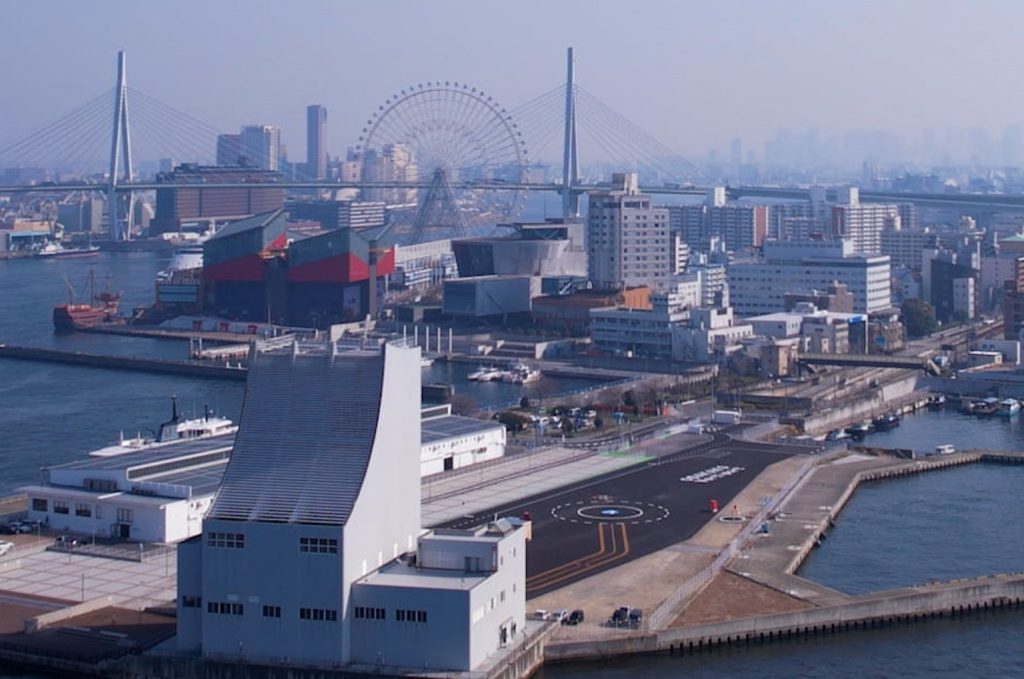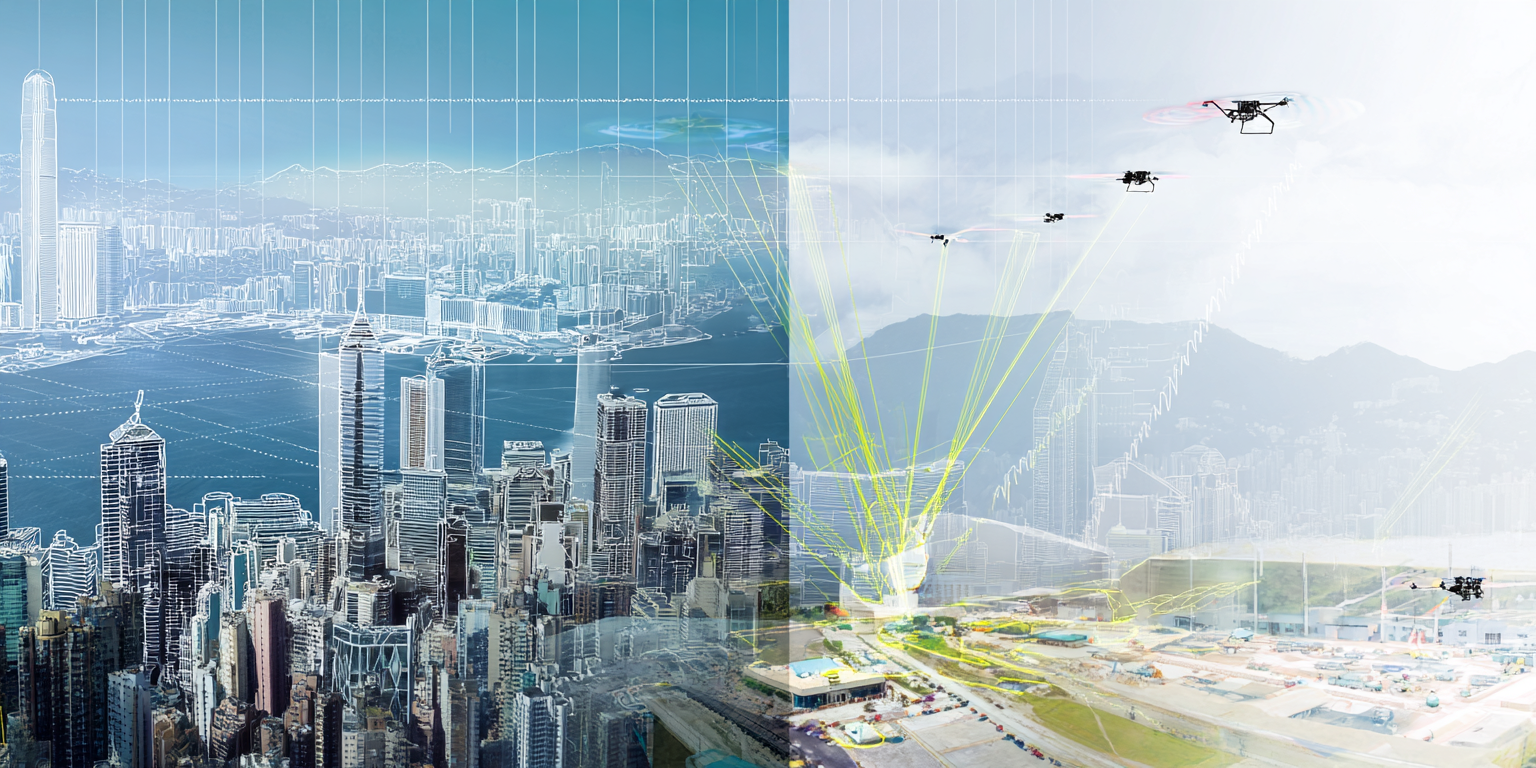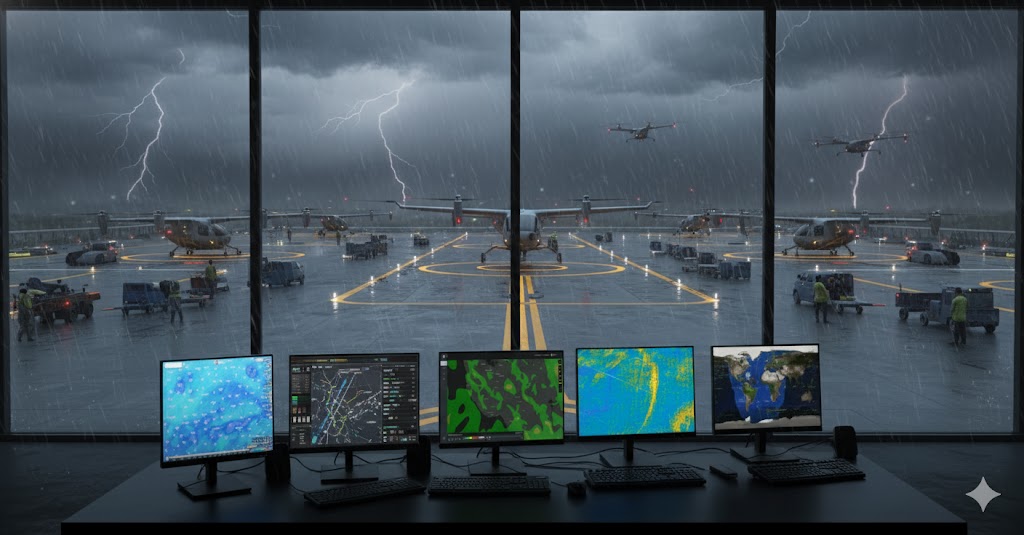In a bold step toward advancing Urban Air Mobility (UAM) infrastructure, Osaka Metro Co., Ltd. has revealed plans for the OSAKAKO Vertiport, a dedicated eVTOL takeoff and landing hub near the iconic Osaka Bay waterfront. Scheduled to be operational ahead of the Osaka-Kansai Japan Expo 2025, this facility is more than a temporary Expo installation; it’s a calculated pilot project signaling Japan’s intent to fold UAM into its future transport ecosystem.
The vertiport will be constructed near the Osakako Station, near the Expo venue on Yumeshima Island, a reclaimed land designated as the Expo’s main site. The location isn't coincidental. With over 28 million visitors expected, the Expo presents a unique stress test for transportation networks. By embedding a vertiport within this corridor, Osaka Metro positions the facility as a logistical solution and a live demonstration of how eVTOLs can alleviate urban congestion.
The design includes takeoff and landing pads, passenger processing areas, and charging infrastructure tailored for electric aircraft. Safety zoning, vertiport lighting systems, digital air traffic integration, and multimodal connectivity with ground transit are all being developed to comply with Japanese aviation authorities and international vertiport guidelines, such as those outlined by EASA and NASA’s VFS standards.
Public-Private Synergy
The initiative is a product of collaboration between Osaka Metro, Japanese aerospace startups, government stakeholders, and international eVTOL manufacturers. Notably, this includes participation from SkyDrive, the Toyota-backed eVTOL firm developing compact air taxis for two to three passengers. SkyDrive has already committed to demo flights during the Expo, and the Osakako Vertiport is likely to serve as one of their primary testbed operations.
By enabling real-time passenger trials and showcasing safe and efficient air taxi workflows, the vertiport sets the stage for long-term route validation between key business districts, airports like Kansai International (KIX), and, eventually, neighboring prefectures.
Regulatory Implications and Urban Policy Impact
Japan's Ministry of Land, Infrastructure, Transport and Tourism (MLIT) has supported UAM integration through evolving certification and airspace management frameworks. The Expo aligns with their "Roadmap for the Air Mobility Revolution" (drafted in collaboration with METI and relevant civil aviation bodies), which targets full-scale commercial eVTOL operations by the early 2030s.
Vertiports like Osakako are being used to collect operational data that will feed into regulatory pathways for noise standards, vertiport licensing, and pilot/vehicle certification—foundational elements for scaling UAM. The lessons from this temporary facility will likely influence zoning laws, emergency response planning, and noise abatement strategies for urban vertiport locations across Japan.
Market Implications: AAM’s Role in Tourism and Business Travel

Osaka’s decision to build a high-visibility vertiport near a major tourist draw is no accident. The city also positions itself as a future AAM node in Asia, bridging short-haul air mobility demand between major metro areas like Kobe, Kyoto, and Nagoya. A successful showcase during the Expo could boost public perception and investor confidence in Japan’s eVTOL ecosystem—paving the way for permanent infrastructure across both metropolitan and suburban sites.
For OEMs, service providers, and infrastructure investors, the Osakako Vertiport represents a foothold in a market where technological feasibility is increasingly matched by political and public will. The data gathered here inform asset planning for high-frequency short hops and influence where vertiports generate the strongest ROI post-Expo.
What Comes Next?
Once the Expo concludes, Osaka Metro intends to evaluate the vertiport's performance, including passenger processing times, integration with public transport, and feedback from eVTOL operators. The long-term goal is to refine this model into a scalable vertiport template that can be replicated across Japan’s smart cities. Whether that means rooftop pads on mixed-use towers or modular barge-based vertiports along the bay depends on what this pilot facility reveals.
For now, the Osakako Vertiport is a real-world laboratory—showing that urban air mobility isn’t just a distant concept. It’s taking shape, quite literally, on the shores of Osaka Bay.




